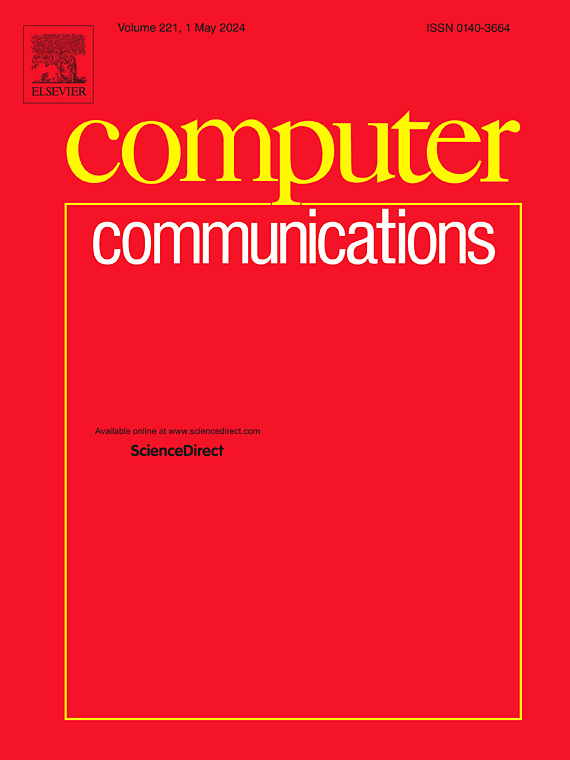Resource allocation and UAV deployment for a UAV-assisted URLLC system
IF 4.5
3区 计算机科学
Q1 COMPUTER SCIENCE, INFORMATION SYSTEMS
引用次数: 0
Abstract
The unmanned aerial vehicle (UAV)-assisted transmission in ultra-reliable low-latency communication (URLLC) can achieve precise control in environments where communication infrastructures are unavailable, with enormous benefits in military and commercial applications. This paper investigates a three-hop decode-and-forward UAV-assisted system to guarantee the stringent quality-and-service requirements in long-distance URLLC. First, the block error rate (BLER) is derived for air-to-ground and air-to-air channels. Then, the transmit power, blocklength, and UAV deployment in three-dimensional space are optimized together to jointly minimize the overall BLER and UAV communication energy consumption. The formulated non-convex problem is divided into subproblems and an iterative algorithm is proposed to tackle it by utilizing the block coordinate descent. Different search techniques and the block successive convex approximation approach are used to conquer the subproblems. Finally, simulations are conducted to demonstrate the system performance and the effectiveness of the proposed algorithm.
求助全文
约1分钟内获得全文
求助全文
来源期刊

Computer Communications
工程技术-电信学
CiteScore
14.10
自引率
5.00%
发文量
397
审稿时长
66 days
期刊介绍:
Computer and Communications networks are key infrastructures of the information society with high socio-economic value as they contribute to the correct operations of many critical services (from healthcare to finance and transportation). Internet is the core of today''s computer-communication infrastructures. This has transformed the Internet, from a robust network for data transfer between computers, to a global, content-rich, communication and information system where contents are increasingly generated by the users, and distributed according to human social relations. Next-generation network technologies, architectures and protocols are therefore required to overcome the limitations of the legacy Internet and add new capabilities and services. The future Internet should be ubiquitous, secure, resilient, and closer to human communication paradigms.
Computer Communications is a peer-reviewed international journal that publishes high-quality scientific articles (both theory and practice) and survey papers covering all aspects of future computer communication networks (on all layers, except the physical layer), with a special attention to the evolution of the Internet architecture, protocols, services, and applications.
 求助内容:
求助内容: 应助结果提醒方式:
应助结果提醒方式:


